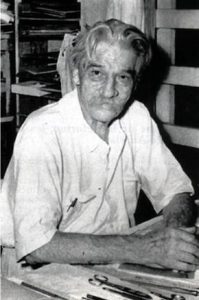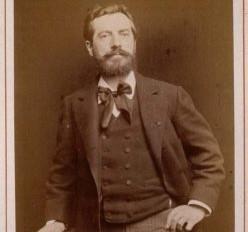Colmar turned to the Reformation in 1575
Worship took place in the Franciscan Church, nowadays Saint-Mathew Lutheran Church, with beautiful 14th and 15th century stained-glass windows. Colmar is the memorial site of Auguste Bartoldi (1834-1904), a Protestant sculptor who created the Statue of Liberty in New York and the Lion in Belfort.
Besides the famous Unterlinden museum with the Isenheim Altarpiece and Mathieu Grünwald’s Crucifixion, the Rapp square is a reminder of the Protestant General of the First Empire and benefactor of the Lutheran community in Colmar. The city retained the noteworthy library of the Protestant consistory, and the present house of the Arcades was a former Protestant parsonage.
The organisation of a simultaneum was carried out in Sundhoffen, Montzenheim, Hunawihr, from the years 1686-87, and is still operational now that the frictions of the past have ceased.
More memorial sites in the Upper-Rhine
Kaysersberg, in the northern part of the département, was a Catholic city but accepted Protestantism beyond its walls: Albert Schweitzer was born in the parsonage there in 1875. The parsonage was turned into a museum while Albert Schweitzer’s house, in the nearby village of Gunsbach, has become the Albert Schweitzer Museum and headquarters of the international Association for his work.
A slab dedicated to Turenne can be found at the edge of Türckheim.
Munster, an imperial city, was committed to the Reformation under its Council’s guidance as early as 1553, but stubborn struggles were engaged between the convent’s abbot and the city leaders. The Thirty-Year war and then the annexation to France only intensified the struggles.
Reminders of these troubled times can be seen:
- vestiges of the abbey founded by Benedictine monks in the 7th century,
- the town hall dated 1550,
- in the square, the fountain with a Lion (1576) to commemorate the Kientzheim Treaty which regulated Catholic-Protestant relations.









